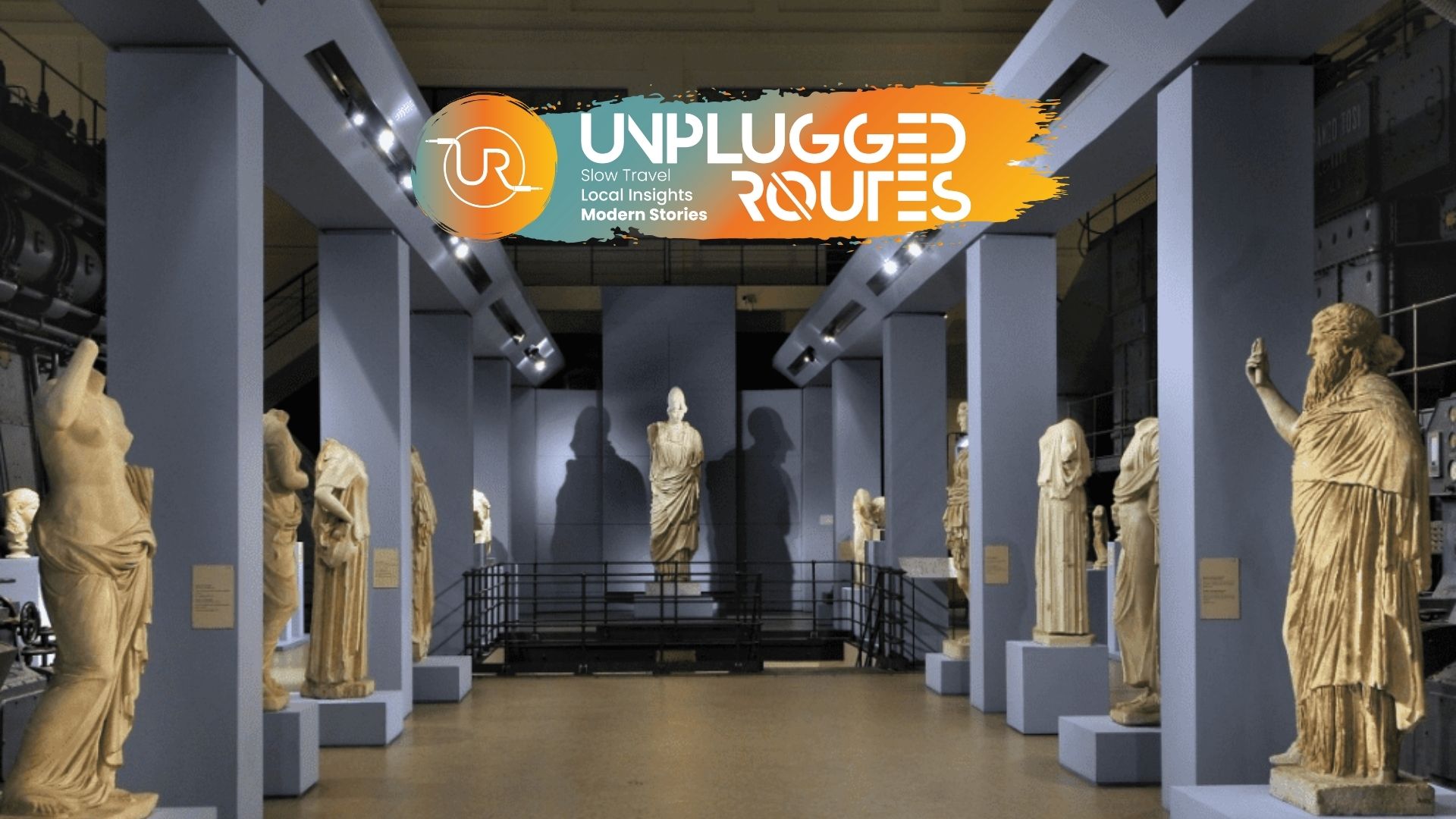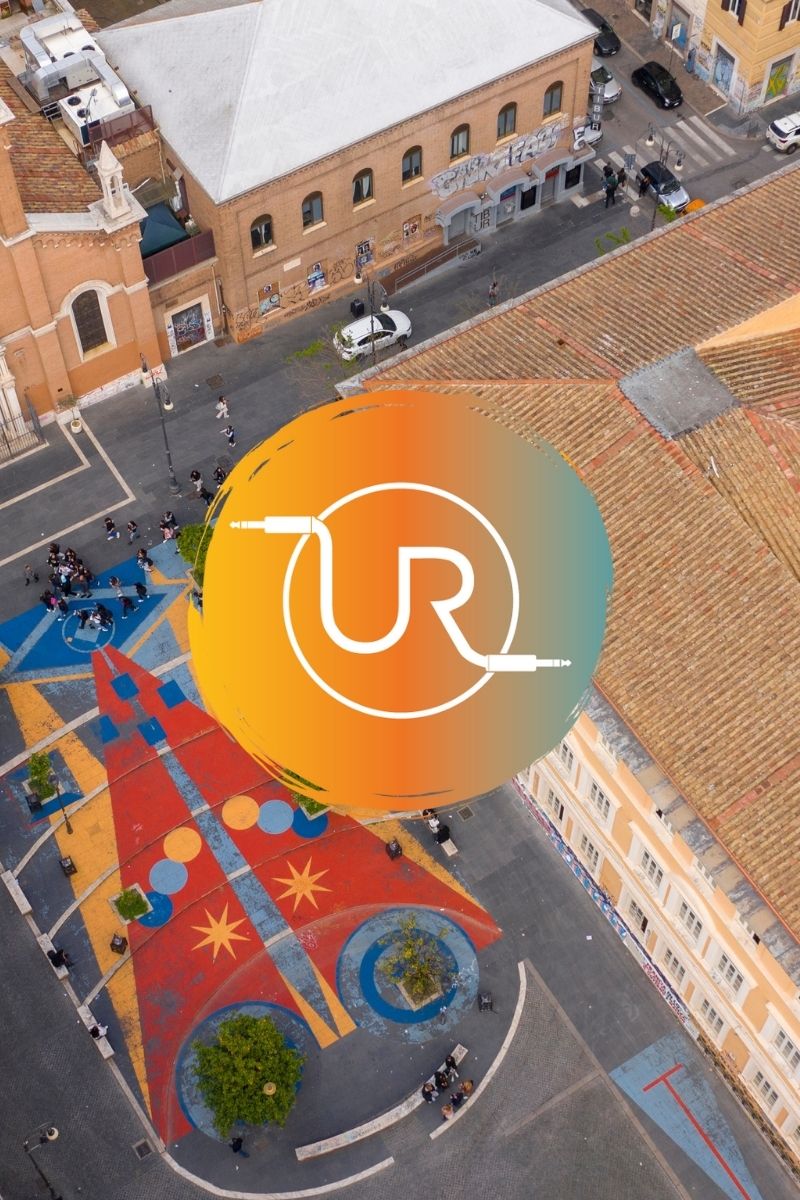
The contemporary face of Rome has been attracting more and more visitors, especially in recent years. The ancient Roman civilization, which fascinates millions of tourists, also manages to impress art lovers by being exhibited in alternative forms in the recent history of the city. Centrale Montemartini, named after the famous academic and politician Giovanni Montemartini, who prepared the theoretical infrastructure for the formation of district municipalities within the Metropolitan Municipality of Rome, is one of the most interesting places in the city in this context.
An Industrial Start: From Power Plant to Museum
Rome’s first power plant, Centrale Montemartini, built in 1912, was used to supply electricity to the rapidly growing and industrializing Rome in the early 20th century. Located on Via Ostiense on the banks of the Tiber River in the Ostiense neighborhood, where mainly workers lived, this giant structure contained large steam turbines, which were considered modern technology of the time. However, as technology developed and energy needs changed over time, it lost its function and was closed in 1963 and left to its fate for more than 30 years. The fate of this impressive space took an unexpected turn in 1997. That year, during the extensive restoration of the Roman sculptures of the Classical Period in the collection of Rome’s Capitoline Museum, a temporary exhibition space was needed, and the Centrale Montemartini, which offers a bright and spacious space, was among the different places mentioned. In the end, the city administration chose this facility and the thermal power plant, with all its interiors and historic machinery restored, opened its doors to visitors as a museum for the first time in October of the same year with the exhibition (Machines and Gods).
“Machines and Gods”
Highlights included a giant statue of Agrippina Maior, a head of the emperor Trajan, depictions of Dionysus and a marble figure of Atena. The major mythological figures and emperors of Rome seemed to come alive in the cold, metallic environment of the power plant. Combined with huge steam engines, generators and industrial equipment, these dazzling artifacts symbolized the meeting of the gods of the ancient world with the power and technology of the modern age. With the exhibition attracting far more interest than expected, the proposal to turn the Centrale Montemartini into a permanent museum was put on the agenda, and in fact it has been a museum since 2021. Centrale Montemartini’s current function as a museum demonstrates how industry and art can come together in an impressive way, and this impressive contrast gives the space a unique atmosphere.
The Dance of Art with Industrial Architecture: Ancient Sculptures and Steam Machines
Today, visitors to the Centrale Montemartini can admire not only archaeological artifacts from the Roman Empire, but also the iconic machines that make up the technological legacy of the industrial revolution. In addition to imperial sculptures, mosaics, sarcophagi and temple ruins, the museum also features restored steam engines, boilers and huge generators. The gigantic machines that greet visitors at the entrance of the museum reveal the enormous impact of the industrial age. As you move further inside, the aesthetic contrast between the flawless marble sculptures of ancient Rome and the industrial machines becomes more apparent, and the magnificent halls suggest how human power took on a new shape with the industrial revolution.
Centrale Montemartini offers a more tranquil and authentic experience away from the crowded tourist routes of Rome. Each hall of the museum reveals a different era and a different story, allowing visitors to bridge the gap between industry and antiquity. From 2016 onwards, the collection will include a wagons section with the iconic train of Pope Pius IX.
Centrale Montemartini and Cinema
Thanks to its unique atmosphere, it wasn’t long before Centrale Montemartini caught the attention of the movie world. The extraordinary aesthetics of the venue contributed to the production of many world-renowned films and TV series. The first film shot here was Cahil Fairies, directed by Ferzan Özpetek in 2001. Filmed in the same year that the thermoelectric power plant became a museum, this film contributed significantly to the promotion of the place, and many Roman and foreign moviegoers began to show interest in the museum, paving the way for subsequent cinema projects. 2008 Claude Chabrol film The Man Who Knew Too Much, 2009 Dario Argento movie Giallo, a 2010 Anton Corbijn film The American, 2015 Sam Mendes movie Spectre (James Bond series), 2013 Paolo Sorrentino film La Grande Bellezza and the 2017 Hiroshi Kurosawa film The Third Murder, Centrale Montemartini was among the important works that brought Montemartini to movie screens.
Why Visit Centrale Montemartini?
A must-see for visitors to Rome, Centrale Montemartini offers a different perspective for those interested in both industrial history and Rome’s cultural heritage. Far from the traditional museum approach, where historical artifacts are exhibited in an unusual setting, you can find the opportunity to reinterpret modernism and art and reflect on the relationship between them.
At the intersection of ancient and modern cultural production, Centrale Montemartini is an unmissable stop for those looking for an off-the-beaten-track experience in Rome. The Ostiense neighborhood, in which the museum is located, has become an area where Romans from all walks of life live today, thanks to the intellectual accumulation built on the industrial heritage over the years. With Unplugged Routes, you will visit iconic locations of Italian cinema such as The Ignorant Fairies, encounter impressive graffiti and observe the life of the locals in its truest form.







Leave a comment: